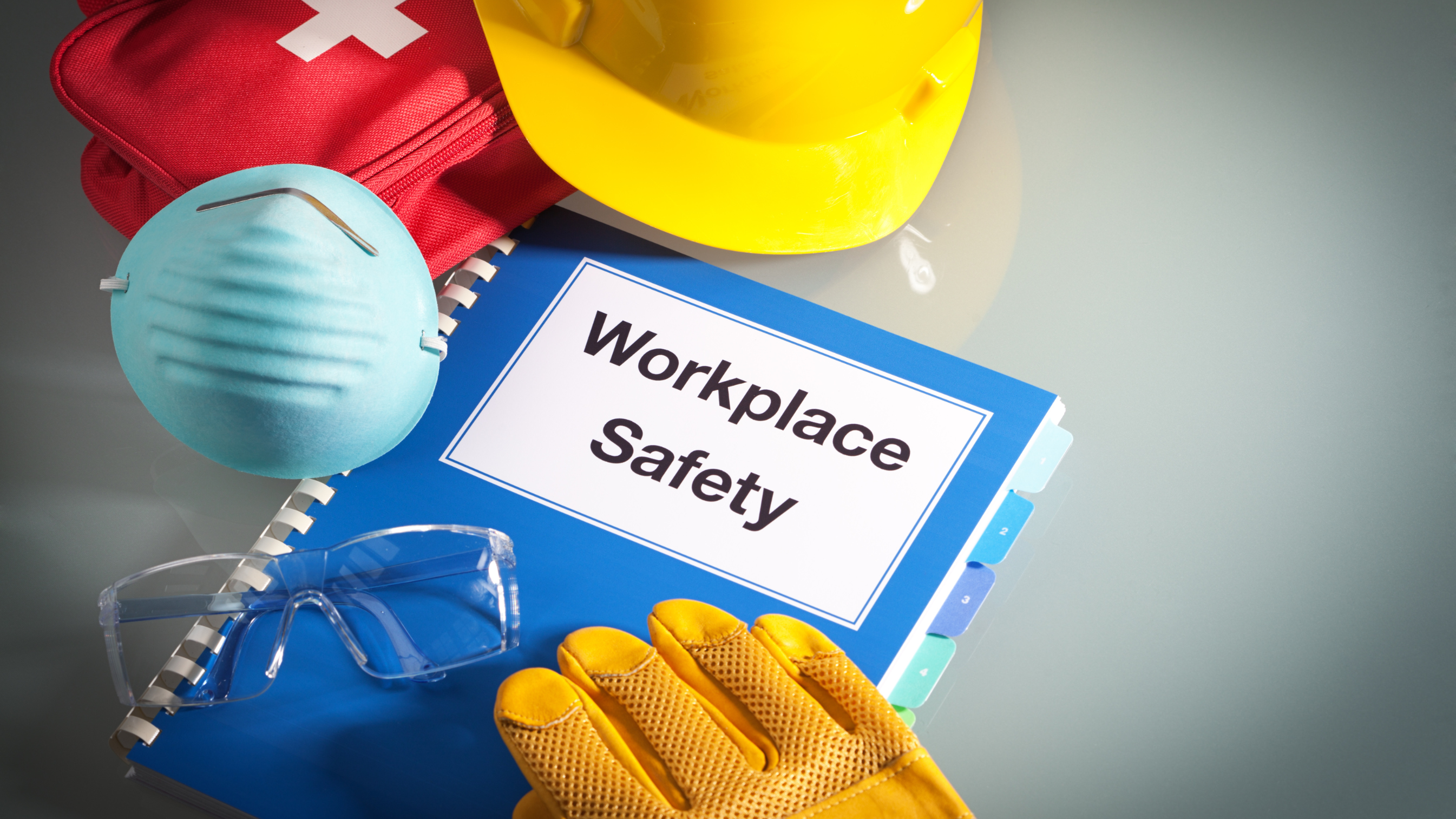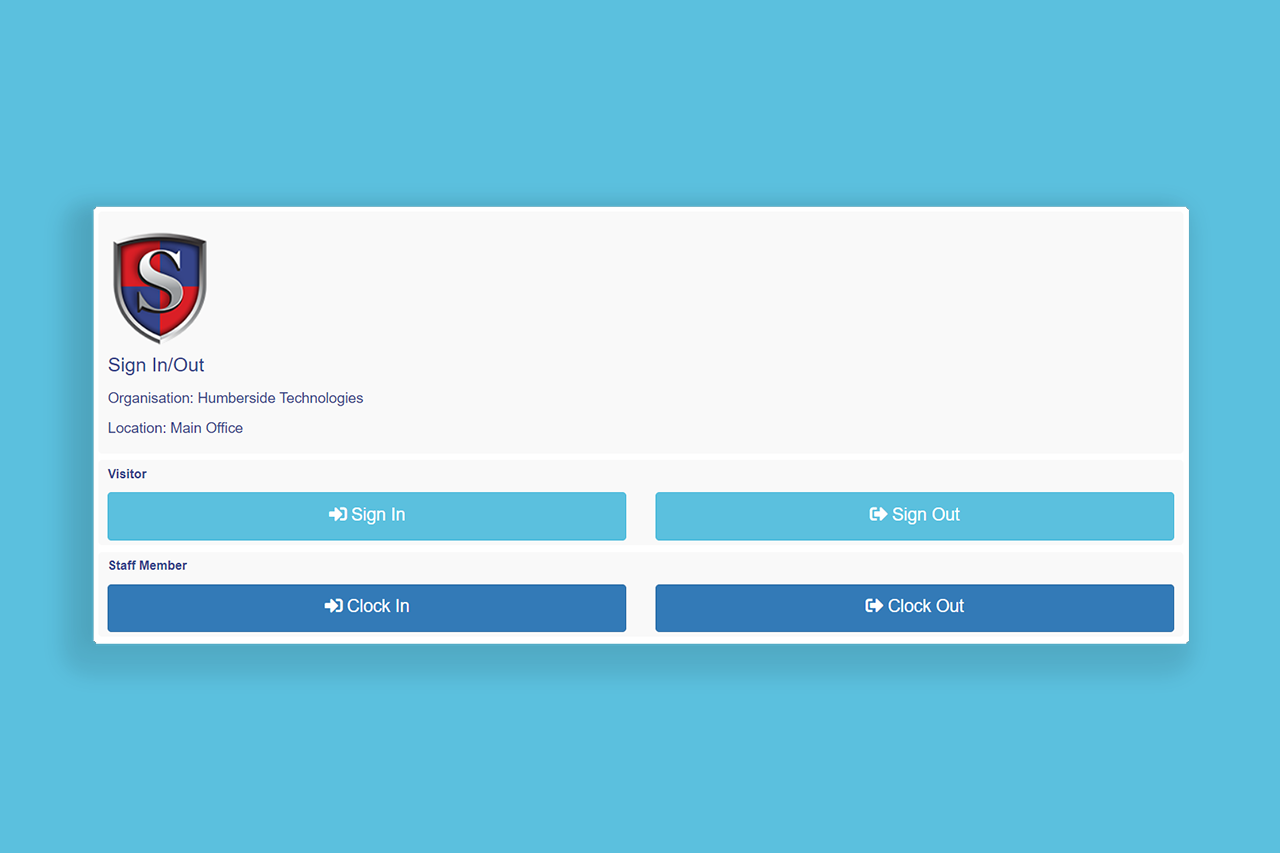Home / News / What is a Workplace Inspection?
What is a Workplace Inspection?
A Workplace Inspection is the process of acutely examining the workplace to identify hazards and ensure that all health and safety standards are met. This then allows you to ensure that your workplace is safe and compliant and allows you to mitigate/eliminate the remaining risks.
Under the Health and Safety at Work Regulations 1999, every employer must make a suitable and sufficient assessment of both the risks to the health and safety of their employees that they encounter while at work, and the risks to the people not under employment.
What are the different types of inspections?
Workplace inspections can be either formal or informal, with the informal inspections being quick checks. There are four types of formal inspections, and they are:
- Safety surveys – a general inspection of high-risk areas, activities, or processes
- Safety Tours – a general inspection of the whole workplace
- Safety Sampling – a systematic sampling approach of the high-risk areas, activities, or processes
- Incident/accident inspections – After an incident has occurred (near miss, injury, or fatality) a full inspection of the cause and prevention. (this may need to be reported to the relevant health and safety authority)

Who should complete the workplace inspection?
A formal inspection of the workplace should be carried out by multiple people ranging from health and safety specialists/committee members to supervisors/managers. This will often require you to bring in an external health and safety expert to ensure nothing is missed.
The HSE states that for formal inspections “Union-appointed health and safety representatives can inspect the workplace. They have to give reasonable notice in writing when they intend to carry out a formal inspection of the workplace, and have not inspected it in the previous three months”.
When do you need to complete a workplace inspection?
How often a workplace inspection is required depends on many variables, from the nature/risk of your workplace to significant changes occurring. But with no set timeframe it is up to discretion, here are some things to consider when deciding on the frequency of your regular inspections.
Workplace risk – the level of risk plays a huge role in how often an inspection is required with high-risk environments, such as a construction site, requiring frequent inspections when compared to an office for example.
Significant Changes – How often your workplace changes is also important when determining how often you need to carry out inspections, as significant change will deem your old inspection outdated and will need to be reviewed as soon as possible. Significant change can be anything from a large change in staff (both numbers and experience) to a change of building layout or premises completely or even a change in equipment/machinery.
Specialists’ opinion – Formal inspections require a health and safety specialist present, so you can contact your trusted specialist to recommend your next review/inspection window.

How to complete a workplace inspection
Completing a workplace inspection depending on the environment can contain many different steps. For simpler workspaces, the responsible person will likely be able to use a risk assessment template to complete a sufficient assessment providing they have adequate health and safety experience.
However, for higher-risk or more complex workplaces, it is advised to bring in a health and safety specialist to ensure that your workplace inspections are completed to a high standard. This can then be further improved by assessing the workplace in a group to not miss out on any risks.
References
HSE (2023) ‘Inspections of the Workplace’. Available at: https://www.hse.gov.uk/involvement/inspections.htm (Accessed: 17/01/2024)
Legislation.Gov (2014) ‘Health and Safety at Work Act 1974’. Available at: https://www.legislation.gov.uk/ukpga/1974/37/section/2 (Accessed: 17/01/2024)




